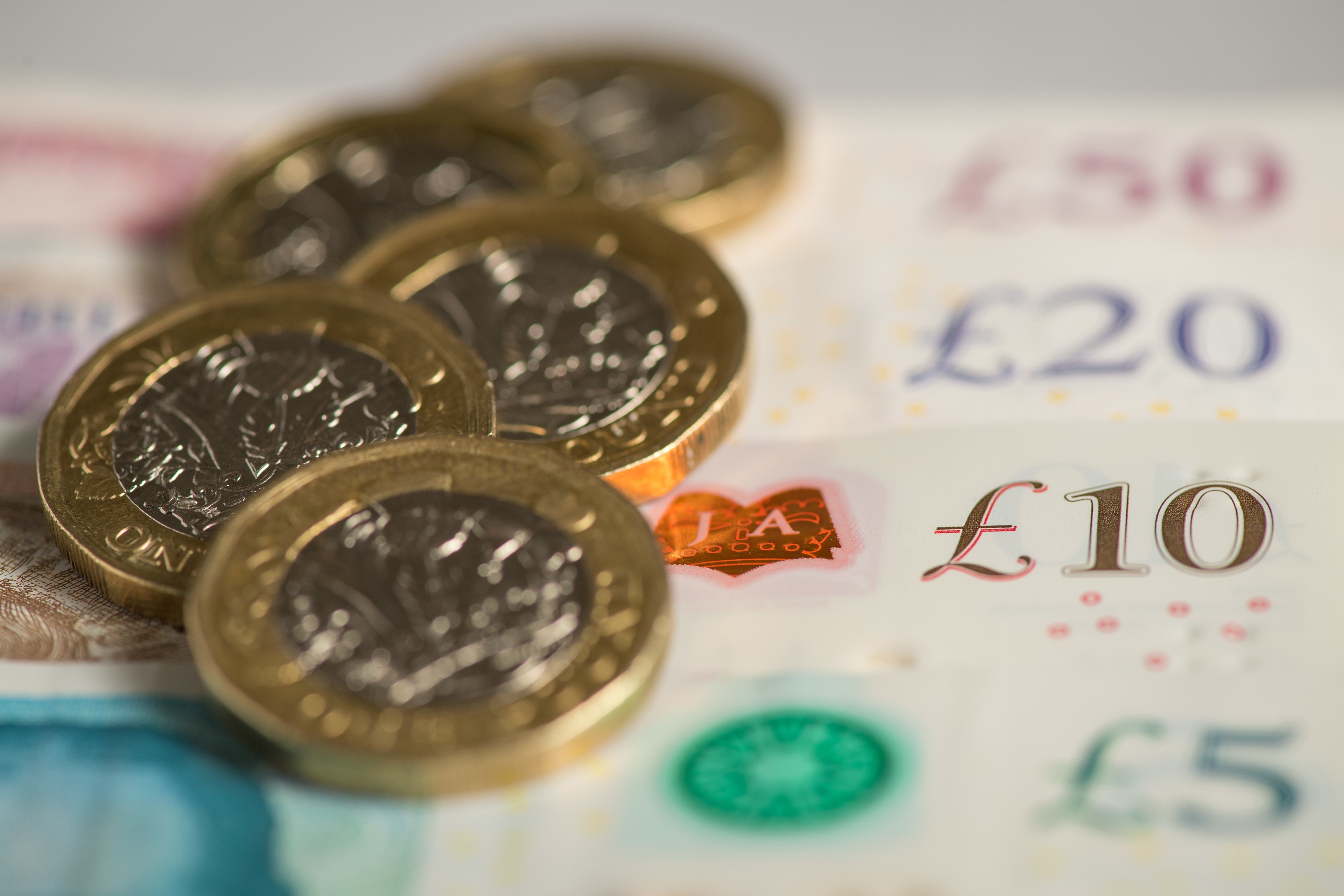Why is inflation still high and what does it mean for me?
The rate of inflation stayed flat at 8.7% in May, despite hopes from economists that it would fall and provide some relief for households.

Your support helps us to tell the story
From reproductive rights to climate change to Big Tech, The Independent is on the ground when the story is developing. Whether it's investigating the financials of Elon Musk's pro-Trump PAC or producing our latest documentary, 'The A Word', which shines a light on the American women fighting for reproductive rights, we know how important it is to parse out the facts from the messaging.
At such a critical moment in US history, we need reporters on the ground. Your donation allows us to keep sending journalists to speak to both sides of the story.
The Independent is trusted by Americans across the entire political spectrum. And unlike many other quality news outlets, we choose not to lock Americans out of our reporting and analysis with paywalls. We believe quality journalism should be available to everyone, paid for by those who can afford it.
Your support makes all the difference.New official figures have revealed that the rising cost of living did not ease as expected last month.
The rate of inflation stayed flat at 8.7% in May, despite hopes from economists that it would fall and provide some relief for households.
The reading from the Office for National Statistics (ONS) could be stark reading for shoppers, homeowners and borrowers.
Here the PA news agency explains what this means and how it could affect Britons.
– What is inflation?
Inflation is the term used for the rate at which prices increase over time.
If the price of something rises from £10 to £11 over a year, then that would represent annual inflation of 10%.
Every month, the ONS reports the annual increases on a raft of items and services, including everything from computer games to a loaf bread.
– Why is it currently so high?
In May inflation struck 8.7%, as it continues to slow from the 11.1% peak it hit late last year.
Prices rocketed last year after the Russian invasion of Ukraine in late February 2022 caused the price of energy to shoot higher, adding to pressure from supply disruption.
It contributed to higher costs for firms making products or offering services, while labour costs also started to rise.
Since then, higher food and drink prices are a key reason why inflation has failed to fall as fast as hoped.
Olive oil, eggs and cheese are among items to see the sharpest increases over the past year.
– Why has there been a negative response to flat inflation for last month?
Firstly, it is important to highlight that flat inflation does not mean that prices have stayed the same. It means that the rate of price increases is the same as it was in the previous month.
In April, the rate of inflation dropped to 8.7% from 10.1% in March. Economists and politicians had hoped that this rate would continue to drop, with expectations it would fall to 8.4% for last month.
Inflation flatlining at 8.7% for May could indicate that it will take longer than hoped for inflation to drop to more normal levels, keeping pressure on household budgets.
– What does it mean for interest rates?
The Bank of England has a target to try to get the rate of inflation to around 2%.
In order to drag inflation down quickly, the most commonly used policy tool used by the central bank is increasing the base interest rate.
Increases to interest rates – which currently sit at a 14-year high of 4.5% – are designed to reduce demand from people to borrow money, because of the higher charges they will face, and encourage people to save their cash.
It is hoped that lower spending and increased saving will encourage firms to reduce prices to keep customers purchasing products or services, helping to reduce the rate of inflation.
– How will this affect my mortgage?
Some variable rate mortgage deals directly track the Bank of England base interest rate and they automatically increase in line with the base rate.
Borrowers can also end up on a standard variable rate (SVR) when their initial mortgage deal ends. The SVR is set by lenders individually but it can often roughly follow movements in the base rate.
The bulk of mortgaged UK homeowners tend to take out fixed-rate deals.
Swap rates underpin the pricing of fixed-rate mortgages and these have been rising amid expectations around inflation, as it has turned out to be more “sticky” than some had expected.
Fixed-rate mortgage rates have been on an upwards march in recent days, with the average two-year fixed-rate residential mortgage now sitting at around 6%.
– When will we see respite from the cost-of-living crisis?
Despite the latest setback, inflation is still widely expected to continue to fall.
Last month, the Bank of England predicted that inflation would fall to 5.1% in the fourth quarter of 2023.
– What does it mean for the Government’s pledge to halve inflation?
The Government pledged to halve inflation annually from a rate of 10.7% at the start of the year, as part of five promises by Rishi Sunak’s Government.
At the time, economists had forecast inflation was on track to drop to around 2.9% by the last quarter of 2023, but have reduced this to 5.1%, raising concerns the pledge could be at risk.
Chancellor Jeremy Hunt said in response that the target was “still absolutely deliverable” but stressed that there is still a long way to go to achieve this.